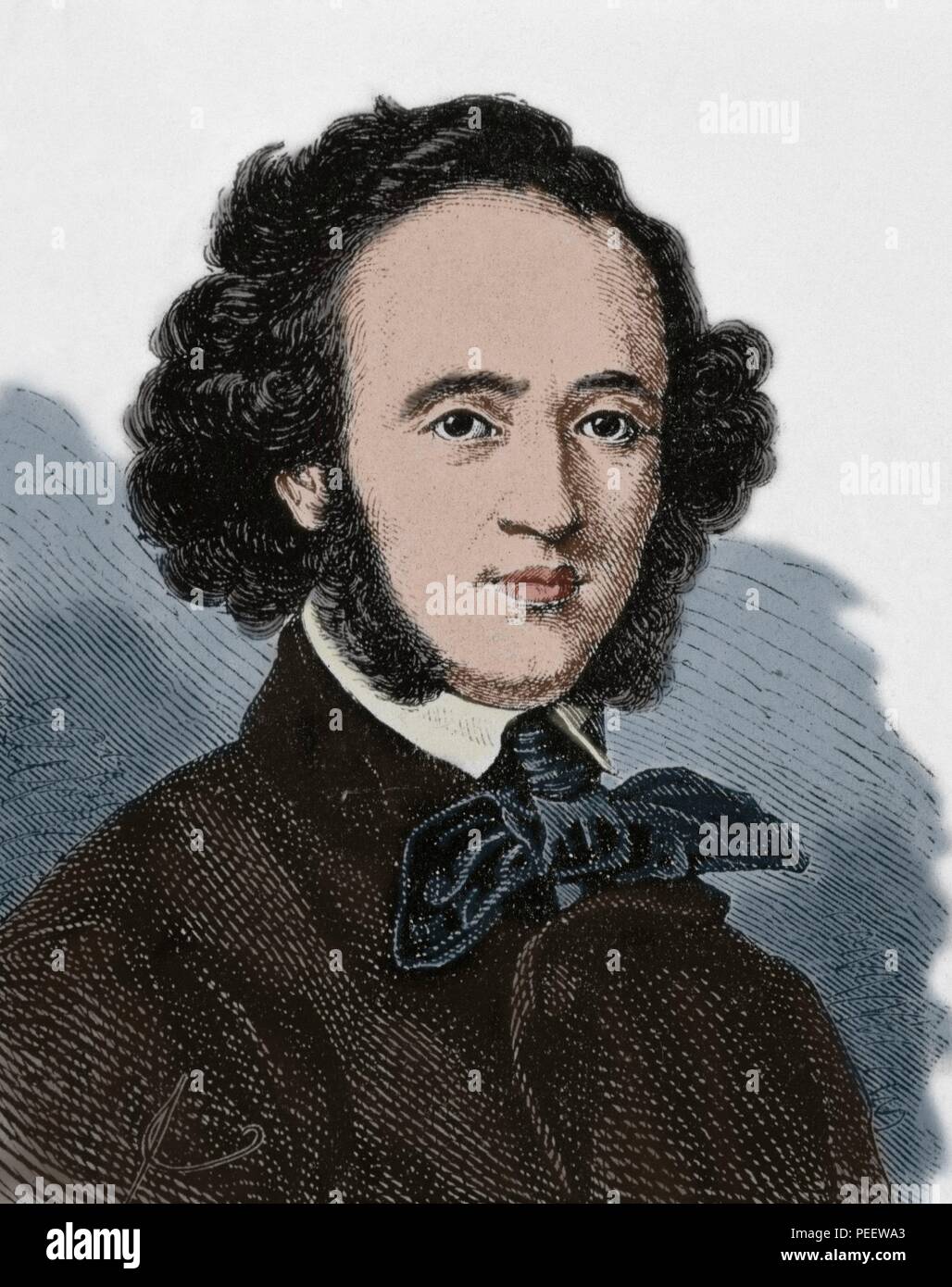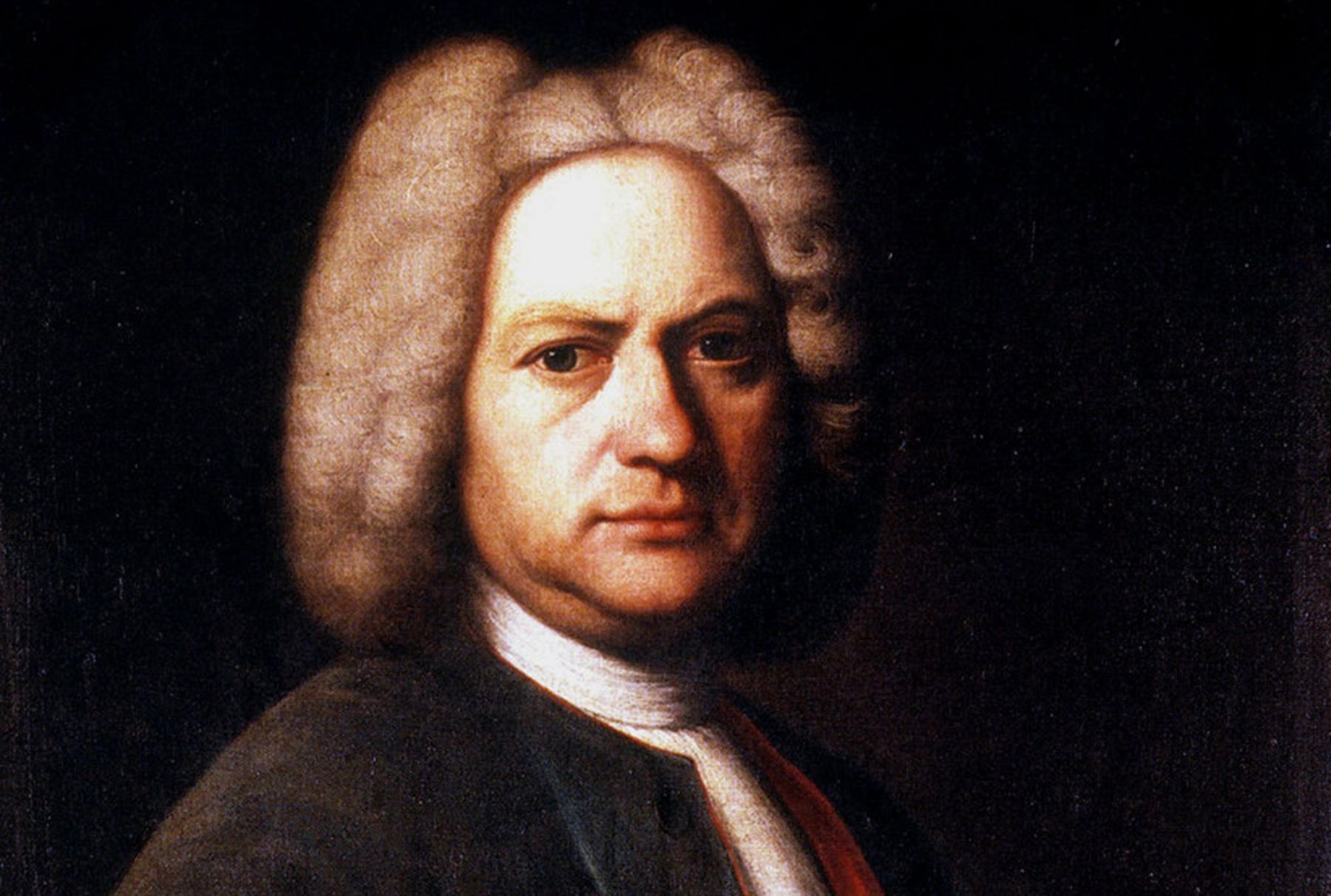

Compositors were relatively affluent and high in status, and one would have expected them to be just the kind of people likely to be undergoing what would later be called embourgeoisement: 1 adopting a more middle-class way of life and losing identification with the Labour Party. The compositor was in an ambiguous class situation. The London School of Printing was a convenient location, physically close to libraries and other institutions I needed to consult. Alongside my teaching, I began research into the history of the compositor, understanding my research as part of a larger effort to produce detailed studies of specific occupations in order to reveal the complexities of social class. I obtained a teaching post at the then London School of Printing which I had attended as an apprentice on day-release. I had hoped to undertake postgraduate research after graduation, but with a family to support I could only do so part-time. The author as a young man outside the printing firm of Keliher, Hudson and Kearns in London Many were concerned that the Labour Party might never again attract majority support. As a result, the Conservatives won three consecutive general elections during the 1950s. The Labour government, which had introduced dynamic changes when first elected, was seen as running out of steam and was losing support, particularly among the more affluent working-class. Important social changes were taking place, there were higher levels of employment and the class structure was modifying with the needs of a more skilled and better off workforce.

When I graduated three years later, Britain was coming out of the constraints of the war and immediate post-war years: rationing had just ended, the 1951 Festival of Britain had taken place, and the flamboyance of the New Look expressed the optimistic mood.

A developing interest in social issues led to me to enrol at the London School of Economics in 1954 to read sociology. These images capture the look and feel of the product you desire in a manner unattainable through a single shot.I joined ‘the print’ in 1942, and after a seven-year indentured apprenticeship as a compositor, worked first as a journeyman and then a proof-corrector.
#COMPOSITOR SERIES#
In projects that incorporate a lot of compositing work, there will be multiple camera and complex installations to provide the Compositor with a wide range of subject and computer graphic options to choose from.Īfter you compile your desired shots you then collate all of the footage, graphics, and other pieces you choose to form a series of images. A lot of your time will be spent sorting through camera shots to compile the continuous set of angles you want to digitally compile.
#COMPOSITOR SOFTWARE#
You achieve these effects through computer manipulation of images, so you will need to become great friends with a quite a few software programs. Compositors then digitally replace the plain background with whatever is needed, be it pictures of a beach or war zone. A well known instance of compositing is the green screen, where Actors are filmed standing in front of a plain sheet. The vast majority of compositing is done digitally, and falls under the category of special effects as you are making several distinct images appear as one. Specifically when there is a need for mixed media, such as drawings done over film footage, or computer graphics interacting with live Actor, you will be the one who layers and interlaces all the different mediums.
#COMPOSITOR MOVIE#
This skill is in great demand in industries such as the movie business, where your work helps produce remarkable visual effects. A Compositor combines multiple elements into a single image.


 0 kommentar(er)
0 kommentar(er)
